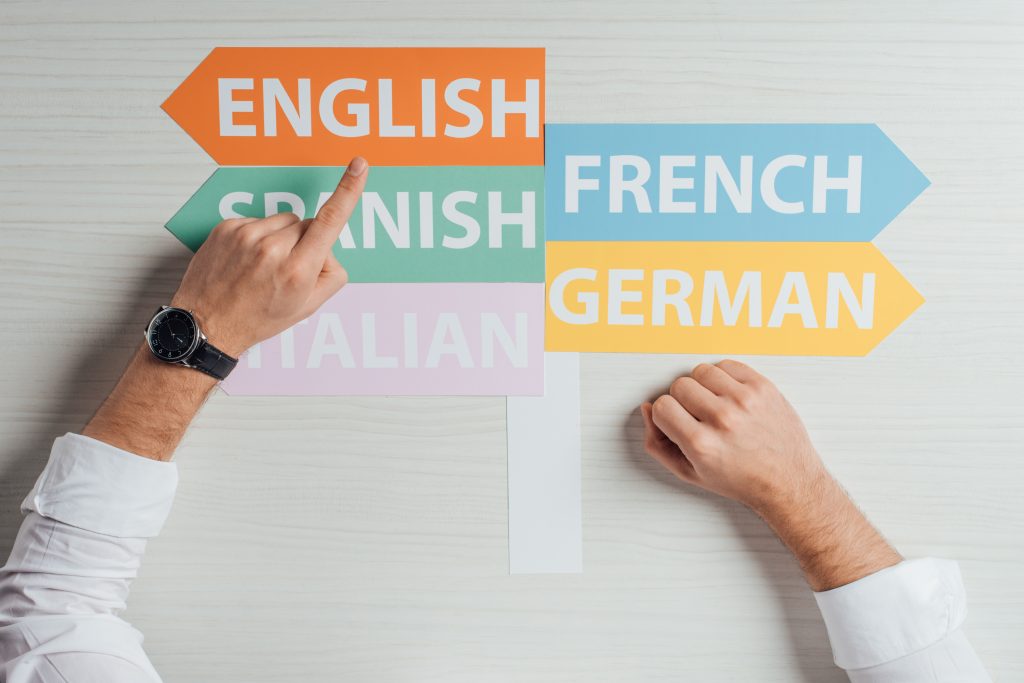A simple translation is a written translation per se of any text in any format, i.e. it does not have to be certified, legalised or anything similar. This is the most common type of translation and covers a wide range of fields: technical, legal, communication, tourism, economic, etc.
Every translator in our team specialises in a specific field; plus, thanks to our CAT tool, we can create termbases for each of our clients.
Why do we put such effort into individualising each client?
Because by nourishing your client profile with every translation you send us, we start to generate countless advantages, for example:
- All your translations will maintain the same style, following whatever indications you give us.
If you have internal terminology that must be used throughout your texts, it will be included in your profile so that the assigned translator can always have it at hand.
If you happen to lose a translation that you requested from us years ago, we can easily export it again.

FAQs
No, it is a common mistake to think that a sworn translation and a legal translation are one and the same, but this is not the case.
A legal translation is a simple translation whose field is that of law.
A sworn translation is a translation that is carried out, signed and stamped by a sworn translator accredited by the Spanish Ministry of Foreign Affairs and Cooperation (MAEC). Mostly, they are documents pertaining to the legal sector, as they are often requested by public/official bodies; however, any type of document, even a restaurant menu, can be translated by a sworn translator.
Although there is a common misconception that the stamp on a sworn translation accredits the quality of a translation, this is not the case; this stamp only provides the translation with legal liability.
So, how do we accredit the quality of our service? Through a rigorous selection process of the professionals on our highly skilled team, translation tests, specialisation according to field, as well as strict procedures required by ISO 9001:2015, including a second proofread carried out by a proofreader, unrelated to the translator that carried out the work, which we strive to maintain and comply with daily.
While it is true that there are more and more machine translation tools on the market, it is also true that we are nowhere near achieving 100% reliable translations using only artificial intelligence.
Naturally, not all texts are suitable for machine translation; each text must be thoroughly analysed to see if its use is feasible and, if it is, always have a specialised translator post-edit it and make the necessary changes.
